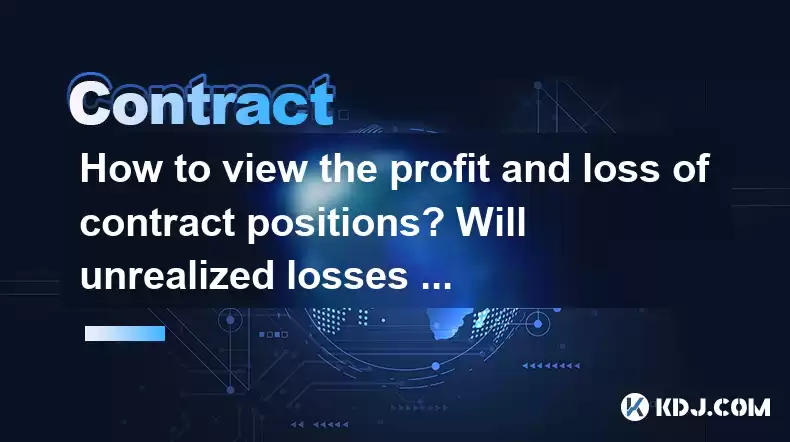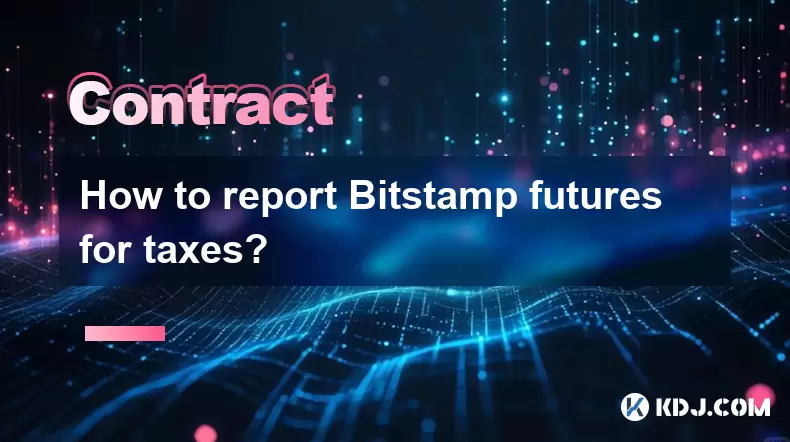-
 Bitcoin
Bitcoin $115000
0.12% -
 Ethereum
Ethereum $3701
4.50% -
 XRP
XRP $3.081
2.99% -
 Tether USDt
Tether USDt $0.0000
-0.01% -
 BNB
BNB $767.9
1.45% -
 Solana
Solana $169.5
3.13% -
 USDC
USDC $0.9999
0.01% -
 Dogecoin
Dogecoin $0.2106
4.30% -
 TRON
TRON $0.3334
1.62% -
 Cardano
Cardano $0.7564
2.54% -
 Stellar
Stellar $0.4165
0.76% -
 Hyperliquid
Hyperliquid $38.75
0.25% -
 Sui
Sui $3.593
3.00% -
 Chainlink
Chainlink $17.08
3.59% -
 Bitcoin Cash
Bitcoin Cash $573.6
4.35% -
 Hedera
Hedera $0.2508
-0.84% -
 Avalanche
Avalanche $23.07
6.46% -
 Ethena USDe
Ethena USDe $1.001
-0.02% -
 Litecoin
Litecoin $120.8
8.17% -
 UNUS SED LEO
UNUS SED LEO $8.943
-0.32% -
 Toncoin
Toncoin $3.400
-5.60% -
 Shiba Inu
Shiba Inu $0.00001255
1.54% -
 Uniswap
Uniswap $9.908
6.32% -
 Polkadot
Polkadot $3.718
2.10% -
 Monero
Monero $303.0
-0.74% -
 Dai
Dai $0.9999
-0.02% -
 Bitget Token
Bitget Token $4.392
0.91% -
 Cronos
Cronos $0.1403
6.31% -
 Pepe
Pepe $0.00001076
1.13% -
 Aave
Aave $267.2
1.80%
How to view the profit and loss of contract positions? Will unrealized losses lead to liquidation?
To manage crypto contract positions, monitor your P&L closely; unrealized losses can lead to liquidation if your margin falls below the maintenance level set by the exchange.
Apr 28, 2025 at 07:49 pm

Trading cryptocurrency contracts can be a thrilling yet complex endeavor, and understanding your profit and loss (P&L) is crucial for managing your positions effectively. In this article, we will delve into how to view the profit and loss of contract positions and explore whether unrealized losses can lead to liquidation. We'll also provide detailed steps for monitoring your P&L and understanding the mechanics of liquidation in the context of cryptocurrency contracts.
Understanding Contract Positions
Before diving into the specifics of profit and loss, it's important to understand what a contract position entails. A contract position in the cryptocurrency world typically refers to a futures or options contract that you hold. These contracts allow traders to speculate on the future price of a cryptocurrency without actually owning the underlying asset. Contract positions can be either long (betting on price increase) or short (betting on price decrease).
Viewing Profit and Loss
To effectively manage your contract positions, you need to know how to view your profit and loss. Most cryptocurrency exchanges provide a dedicated section in their trading platform where you can see your P&L. Here's how you can typically access and view this information:
- Log into your exchange account: Start by accessing your account on the cryptocurrency exchange where you hold your contract positions.
- Navigate to the trading section: Once logged in, find the section dedicated to trading futures or options. This is usually labeled as "Futures," "Options," or "Derivatives."
- Select your position: Within the trading section, locate the specific contract position you want to analyze. This could be under a tab labeled "Open Positions" or "My Positions."
- View the P&L: Once you have selected your position, look for the profit and loss section. This will typically show both realized P&L (profits or losses from closed positions) and unrealized P&L (potential profits or losses from open positions).
Realized vs. Unrealized Profit and Loss
Understanding the difference between realized and unrealized P&L is crucial for managing your contract positions:
- Realized P&L: This is the profit or loss you have actually locked in by closing a position. For example, if you bought a Bitcoin futures contract at $30,000 and sold it at $35,000, your realized profit would be $5,000.
- Unrealized P&L: This represents the potential profit or loss on an open position. If you hold a Bitcoin futures contract that you bought at $30,000 and the current market price is $35,000, your unrealized profit would be $5,000. However, if the market price drops to $25,000, your unrealized loss would be $5,000.
Can Unrealized Losses Lead to Liquidation?
Liquidation occurs when the value of your position drops below a certain threshold, and the exchange closes your position to prevent further losses. Yes, unrealized losses can lead to liquidation if your account's margin falls below the maintenance margin level set by the exchange. Here's how it works:
- Initial Margin: When you open a contract position, you are required to deposit an initial margin, which acts as a security deposit.
- Maintenance Margin: The exchange sets a maintenance margin level, which is the minimum amount of equity you must maintain in your account to keep your position open.
- Margin Call: If the value of your position declines and your account equity falls below the maintenance margin, you will receive a margin call, prompting you to deposit more funds.
- Liquidation: If you fail to meet the margin call, the exchange will automatically liquidate your position to cover the losses.
Monitoring Your Positions to Avoid Liquidation
To prevent liquidation, it's essential to monitor your contract positions closely. Here are some steps you can take:
- Set Stop-Loss Orders: A stop-loss order can automatically close your position if the market moves against you beyond a certain point, helping to limit your losses.
- Regularly Check Your P&L: Keep an eye on your unrealized P&L to understand how close you are to the maintenance margin level.
- Adjust Your Position Size: If you find that your positions are too large relative to your account balance, consider reducing your position size to lower the risk of liquidation.
- Deposit More Funds: If you receive a margin call, you can deposit additional funds to meet the maintenance margin requirement and keep your position open.
Understanding the Impact of Market Volatility
The cryptocurrency market is known for its high volatility, which can significantly impact your contract positions. Sudden price movements can quickly turn unrealized profits into unrealized losses, bringing you closer to the liquidation threshold. It's important to be aware of market conditions and adjust your strategies accordingly. For instance, during periods of high volatility, you might want to use tighter stop-loss orders or reduce your leverage to mitigate risk.
Using Trading Tools and Indicators
Many cryptocurrency exchanges offer a variety of trading tools and indicators that can help you better manage your contract positions. These tools can provide insights into market trends and help you make more informed decisions. Here are some useful tools to consider:
- Technical Indicators: Tools like moving averages, RSI (Relative Strength Index), and Bollinger Bands can help you identify potential entry and exit points for your positions.
- Risk Management Calculators: Some exchanges provide calculators that help you determine the appropriate position size based on your account balance and risk tolerance.
- Alerts and Notifications: Setting up alerts for specific price levels or margin levels can help you stay on top of your positions and react quickly to market changes.
FAQs
Q: Can I recover from a liquidation event?
A: Once your position is liquidated, you cannot recover the position itself. However, you can open new positions once you have sufficient funds in your account. It's important to review your trading strategy and risk management practices to avoid future liquidations.
Q: How does leverage affect my P&L and risk of liquidation?
A: Leverage amplifies both your potential profits and losses. Higher leverage means you can control a larger position with less capital, but it also increases the risk of liquidation if the market moves against you. Always consider your risk tolerance when choosing a leverage level.
Q: What happens to my unrealized P&L if the market moves in my favor?
A: If the market moves in your favor, your unrealized P&L will increase, reflecting potential profits. However, these profits are not realized until you close the position. Keep in mind that market conditions can change, and unrealized profits can turn into losses if the market reverses.
Q: Are there any fees associated with liquidation?
A: Yes, some exchanges charge a liquidation fee to cover the costs of closing your position. These fees can vary depending on the exchange and the specifics of your position. Always check the fee structure of your exchange to understand any potential costs.
Disclaimer:info@kdj.com
The information provided is not trading advice. kdj.com does not assume any responsibility for any investments made based on the information provided in this article. Cryptocurrencies are highly volatile and it is highly recommended that you invest with caution after thorough research!
If you believe that the content used on this website infringes your copyright, please contact us immediately (info@kdj.com) and we will delete it promptly.
- Crypto Airdrops: Your August 2025 Guide to Free Tokens & Opportunities
- 2025-08-05 13:45:13
- Luxury Dining Reimagined: St. Regis Singapore & Marriott's Culinary Celebration
- 2025-08-05 13:45:13
- Fancy Farm Picnic: A Sneak Peek at the 2026 US House Race
- 2025-08-05 13:50:12
- Cardano Price, ADA Forecast & Ethereum Price: What's the Buzz?
- 2025-08-05 13:50:12
- Velo Universe, DEX, and DeFi Security: Navigating the Future of Decentralized Trading
- 2025-08-05 09:25:13
- Bitget Wallet Revolutionizes Solana with Gas-Free Transactions: A New Era for DeFi
- 2025-08-05 09:25:13
Related knowledge

Why is my Bitstamp futures position being liquidated?
Jul 23,2025 at 11:08am
Understanding Futures Liquidation on BitstampFutures trading on Bitstamp involves borrowing funds to open leveraged positions, which amplifies both po...

How to report Bitstamp futures for taxes?
Jul 30,2025 at 08:35am
Understanding Bitstamp Futures and Taxable EventsWhen trading Bitstamp futures, it’s essential to recognize that these financial instruments are treat...

Does Bitstamp offer inverse contracts?
Jul 23,2025 at 01:28pm
Understanding Inverse Contracts in Cryptocurrency TradingIn the realm of cryptocurrency derivatives, inverse contracts are a specific type of futures ...

What is the difference between futures and perpetuals on Bitstamp?
Jul 27,2025 at 05:08am
Understanding Futures Contracts on BitstampFutures contracts on Bitstamp are financial derivatives that allow traders to speculate on the future price...

How to find your Bitstamp futures trade history?
Jul 23,2025 at 08:07am
Understanding Bitstamp and Futures Trading AvailabilityAs of the current state of Bitstamp’s service offerings, it is critical to clarify that Bitstam...

Can I use a trailing stop on Bitstamp futures?
Jul 23,2025 at 01:42pm
Understanding Trailing Stops in Cryptocurrency TradingA trailing stop is a dynamic type of stop-loss order that adjusts automatically as the price of ...

Why is my Bitstamp futures position being liquidated?
Jul 23,2025 at 11:08am
Understanding Futures Liquidation on BitstampFutures trading on Bitstamp involves borrowing funds to open leveraged positions, which amplifies both po...

How to report Bitstamp futures for taxes?
Jul 30,2025 at 08:35am
Understanding Bitstamp Futures and Taxable EventsWhen trading Bitstamp futures, it’s essential to recognize that these financial instruments are treat...

Does Bitstamp offer inverse contracts?
Jul 23,2025 at 01:28pm
Understanding Inverse Contracts in Cryptocurrency TradingIn the realm of cryptocurrency derivatives, inverse contracts are a specific type of futures ...

What is the difference between futures and perpetuals on Bitstamp?
Jul 27,2025 at 05:08am
Understanding Futures Contracts on BitstampFutures contracts on Bitstamp are financial derivatives that allow traders to speculate on the future price...

How to find your Bitstamp futures trade history?
Jul 23,2025 at 08:07am
Understanding Bitstamp and Futures Trading AvailabilityAs of the current state of Bitstamp’s service offerings, it is critical to clarify that Bitstam...

Can I use a trailing stop on Bitstamp futures?
Jul 23,2025 at 01:42pm
Understanding Trailing Stops in Cryptocurrency TradingA trailing stop is a dynamic type of stop-loss order that adjusts automatically as the price of ...
See all articles

























































































